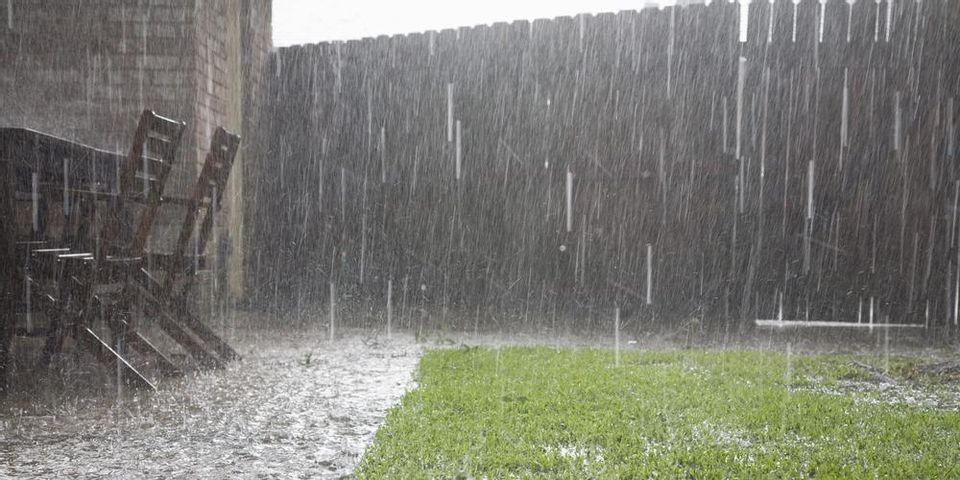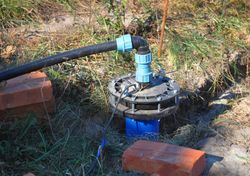How to Protect Your Water Supply From Storms

Storms can be dangerous for those who rely on well water. Not only can severe weather cause pump damage and require pump repairs, but flooding can also make the supply unsuitable for drinking. Use the guide below to protect your system.
Steps to Take Before the Storm
Stock up on water to ensure you have resources in case of a power outage. Buy packs of bottled water and fill bathtubs, sinks, buckets, and pots so you have enough for the coming days.
Cover both the wellhead and pump to protect them from flying debris. If your well is in an area prone to flooding, it should have a watertight, flood-proof cap to prevent runoff contamination. Inspect it to ensure it’s secure.
Right before the storm hits, turn the pump off at the circuit breaker to prevent damage caused by power surges and spikes. If you don't already have one, add a surge suppressor to the pump to protect its electrical system.
What to Do After
 Once the storm has passed, inspect the pump for exposed electrical wiring before turning it back on. If you notice damage, schedule pump repairs before activating the device.
Once the storm has passed, inspect the pump for exposed electrical wiring before turning it back on. If you notice damage, schedule pump repairs before activating the device.
Then, look for cracks in the well cap, which could indicate water contamination. Visible signs of erosion around the well can also mean that floodwaters have leaked into the system. If you're concerned about potential contamination, err on the side of caution and get a water test. If the inspection identifies runoff contaminants, professionals can disinfect the casing to restore the safety of your supply.
If you need pump repairs, contact Dalmik Well Drilling in Putnam, CT. Their team has provided well maintenance and inspections to clients east of the Connecticut River since 1987. Fully licensed and insured, their technicians will ensure your pump performs optimally. For your convenience, they answer calls 24/7. Call (800) 922-6220 to schedule an appointment, or visit them online to learn more about their well pump services.
About the Business
Have a question? Ask the experts!
Send your question

